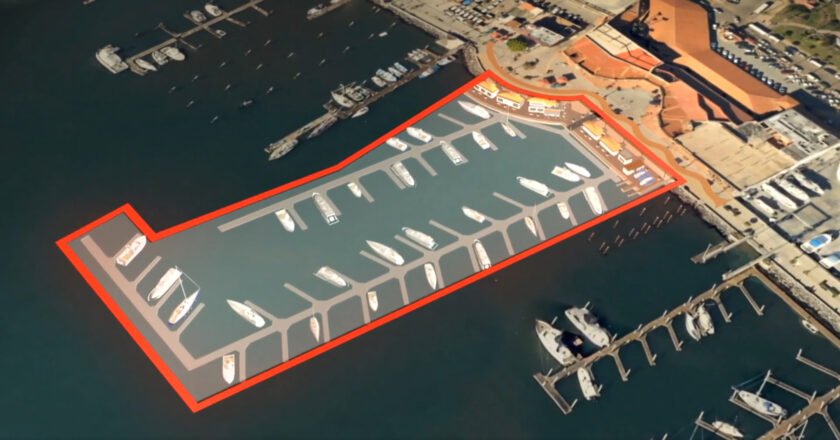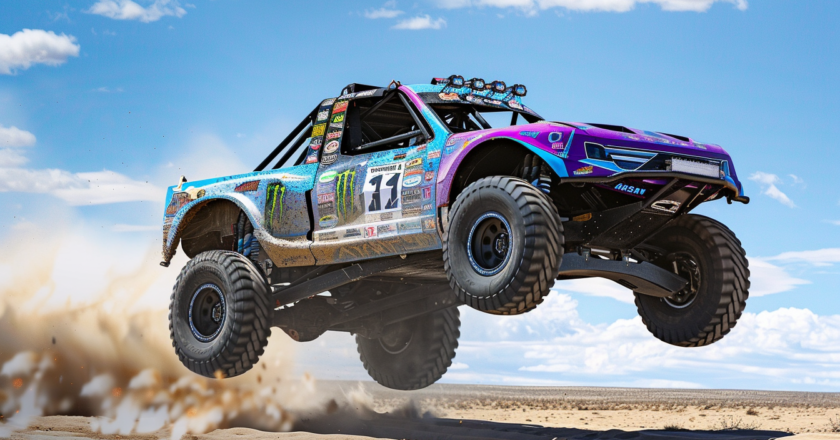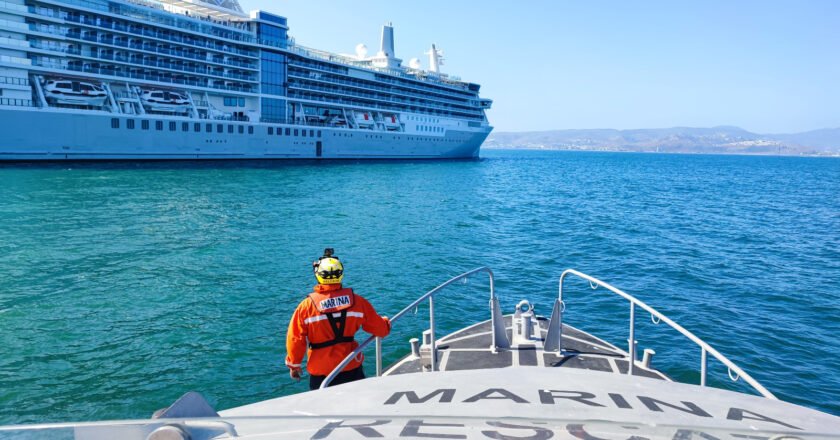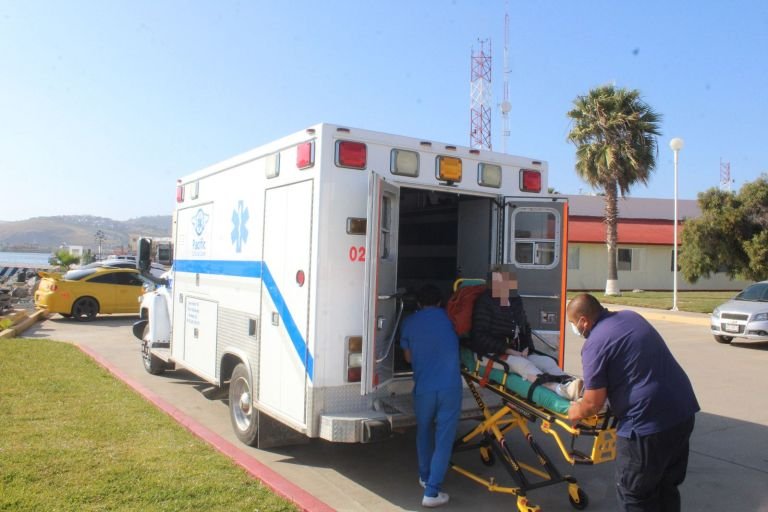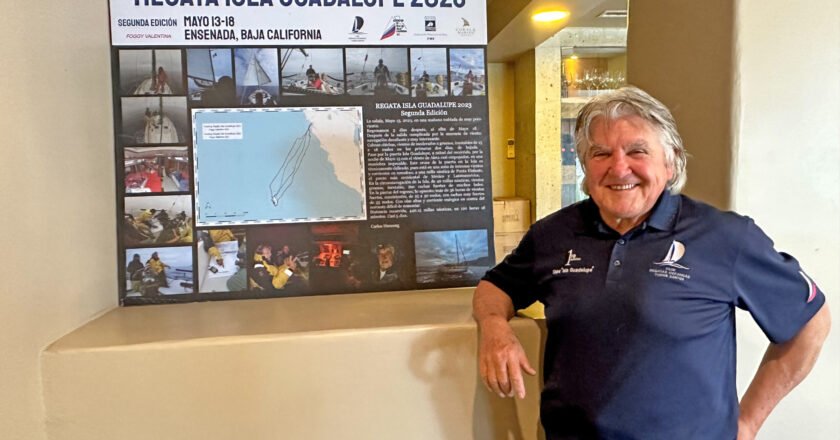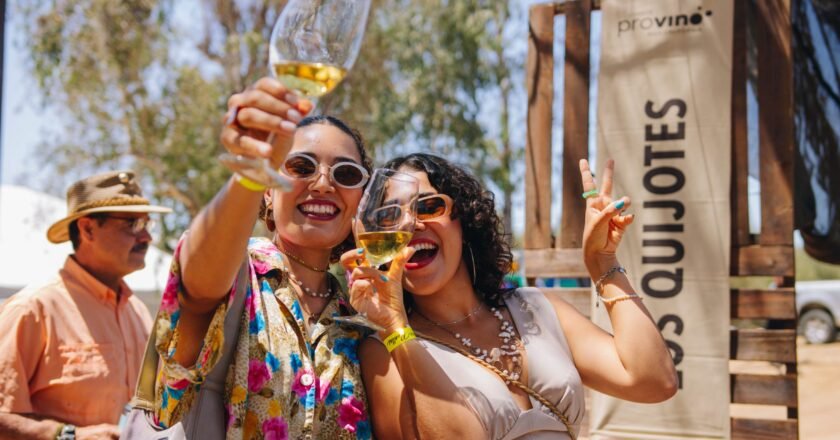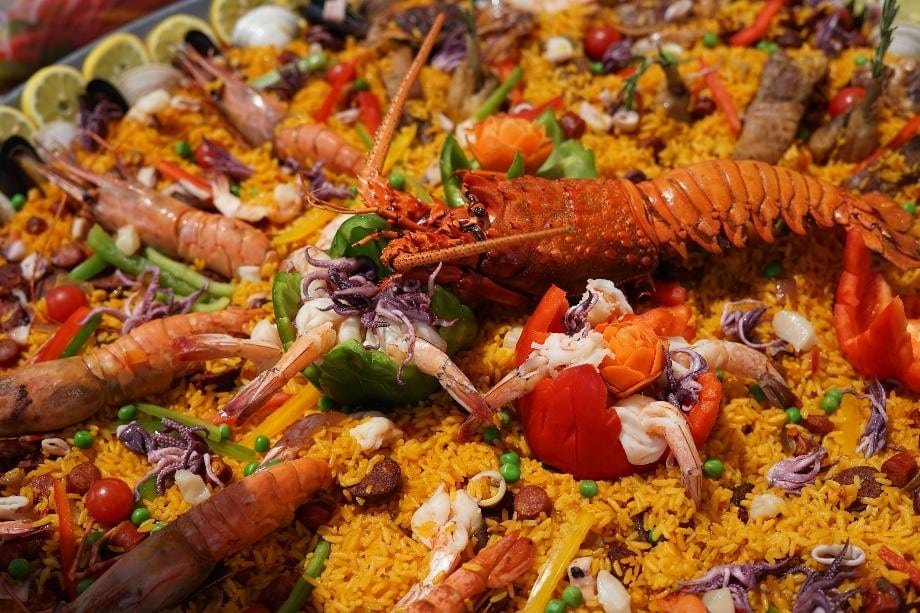Get Ready for “Ventana al Mar”: Ensenada’s Shiny New Waterfront Gem
The Ensenada port is getting a fabulous makeover, folks! The National Port System Administration (Asipona) has announced an exciting new project: a state-of-the-art tourist marina called “Ventana al Mar.” This marina isn’t just about docking boats; it’s a whole experience with fuel stations, restaurants, commercial areas, and much more.
Covering an impressive 12,000 square meters of prime maritime real estate right next to the current cruise terminal, “Ventana al Mar” promises to be a bustling hub for both locals and tourists. The marina will be leased for 19 years with an option to renew for another 19, making it a long-term fixture in Ensenada’s waterfront.
Think of “Ventana al Mar” as more than just a marina. It’s set to offer a range of services including public port services for recreational and sports boats, specialized operations like embarkation and disembarkation, rope mooring, in-water repairs, and supply services (water, fuel, internet, and waste collection). There will also be diving services, maritime inspections, and a vibrant commercial area with restaurants and shops.
To be part of this grand project, participants (whether individuals or companies, Mexican or foreign) need to show they have at least 25 million pesos in assets. The leaseholder will pay Asipona an initial fee, a fixed annual fee, and a variable fee based on income from services provided in the area. If you’re interested, you need to buy the bidding documents by June 11, 2024, for a cool 200,000 pesos. Proposals will be reviewed on October 30, 2024.
Asipona will evaluate proposals based on technical criteria and the highest initial fee offered. In the event of a tie, the winner will be the one promising the highest investment in the marina’s construction and equipment before it opens.
This project, detailed in the official federal gazette on May 28, is spearheaded by Vice Admiral Joel Sandoval Gómez, the head of Asipona Ensenada.

